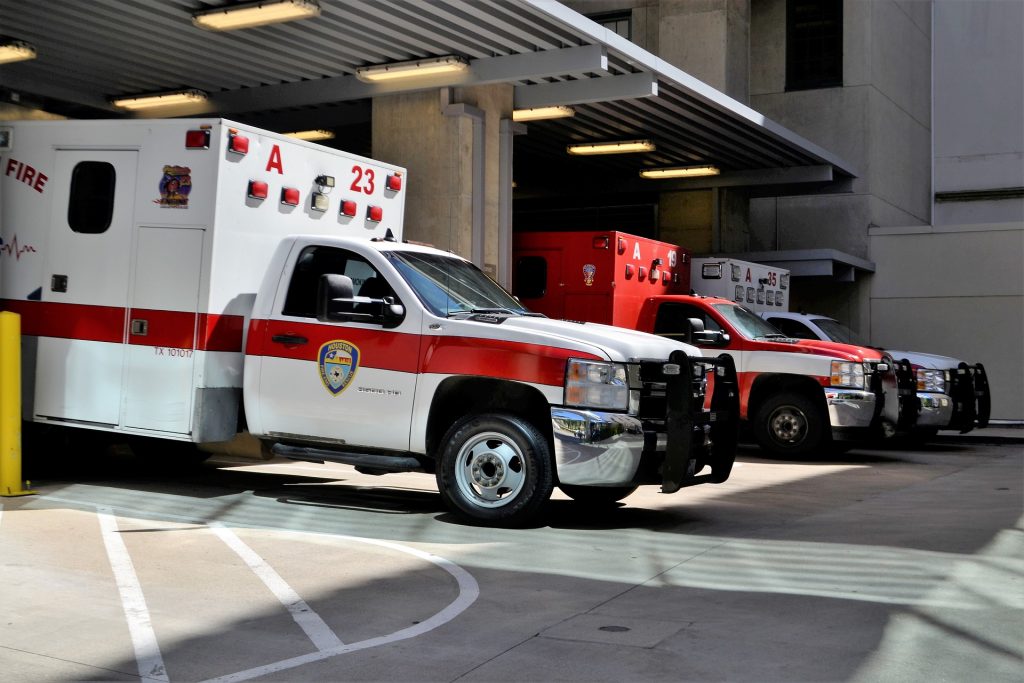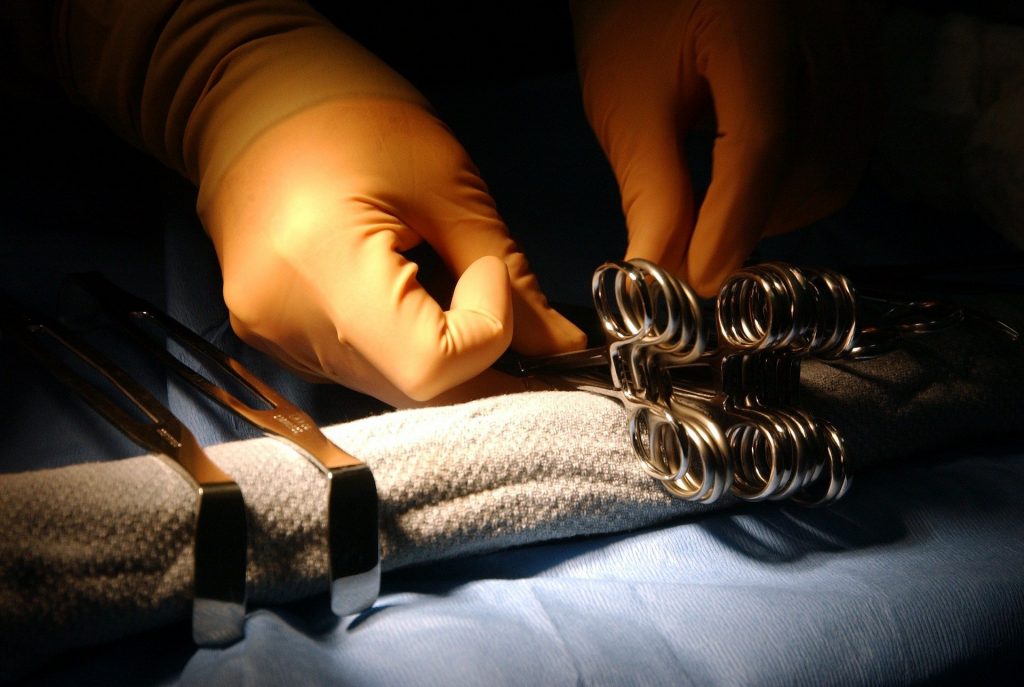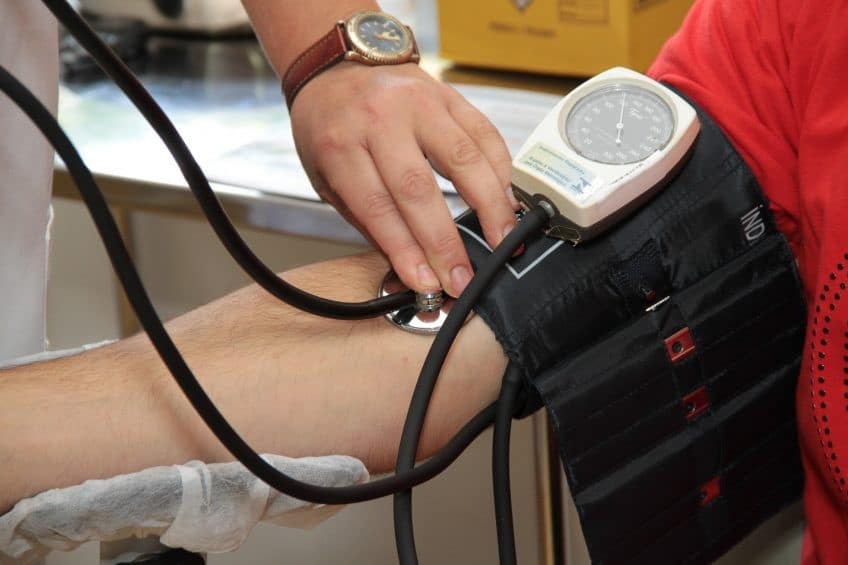Subsequent Torfeasor Is Not The Same As A Joint Tortfeasor For Fabre In Florida
Medical MalpracticeIn the case of Specialty Hospital-Gainesville, Inc., v. Charles Barth, Case Number 1D18-511 (Fla. 1st DCA July 15, 2019), Florida’s First DCA held that the comparative fault of a subsequent tortfeasor (and the use of Fabre or “empty chair” arguments) cannot be applied to reduce the liability of the initial tortfeasor because the subsequent tortfeasor and the initial tortfeasor did not cause the same injury.
The case also held that, under the circumstances in the case, the hospital could not be held responsible for abuse of a vulnerable adult pursuant to section 415.1111, Fla. Stat. because the claim was for medical malpractice instead of the statutory claim.
That was quite a mouthful to describe a legal holding. We usually try to boil case holdings down to a single sentence but that just couldn’t be done with this case.
Abuse Of Vulnerable Adult Under Section 415.1111 in Florida
The facts of this case are largely not relevant for the precedential value of this case. Regardless, Mr. Barth underwent a surgery at SHANDS that resulted in paralysis. Thereafter, he was treated at several facilities, including Specialty Hospital-Gainesville. He developed a bedsore while at Specialty and it appears to have gotten worse at another facility that was not named in the lawsuit.
This is an important time to point out that the plaintiff could not have sued the other hospital for medical malpractice without a pre-suit affidavit accusing the hospital (or an employee) of malpractice. This is likely the reason why this second hospital was not named. It is also important to mention that when Specialty later tries to blame the second hospital for worsening the injury caused at Specialty, it has to do so a “Fabre” defendant or sometimes referred to as an “empty chair” at trial. We will revisit this issue below with a discussion of Stuart v. Hertz.
Back to the facts, Mr. Barth also complained that the nurses did not respond to call buttons and testified that he would have to remove his ventilator in order to get a nurses attention. Thereafter, physical restraints were placed on Mr. Barth so that he could not remove his tubes. There was a dispute about whether these restraints had been ordered by a doctor or not.
Regardless, the court viewed the use of physical restraints for medical purposes (so that he could endanger his own life by removing his own tubes) and, therefore, could not be a claim for abuse under section 415.111, Fla. Stat. The court cited sexual abuse of a patient and failing to report known abuse as possible scenarios where the statute may apply, however, those did not occur in this case.
The Bedsore Caused At Specialty And Its Implication To Florida’s Legal Precedent
In a sense, this case is the bedsore that was heard around the world (of torts). The real precedential value of this case is that a defendant (in this case, Specialty) cannot use Fabre to try to reduce its liability when that defendant is responsible for at least the initial injury.
Fabre is one of the most common defenses used in Florida torts. In essence, the defendant blames someone who has not been sued for the injury and asks the jury to assign fault to that non-party. If the jury assigns 50% of responsibility to the Fabre defendant, then the defendant is relieved of liability to the degree of 50% (or any other percentage assigned).
You can see why this is an attractive defense if it works.
However, Fabre defenses and the apportionment of fault under 768.81, Fla. Stat. ONLY apply to defendants who caused the SAME INJURY and not an independent injury or aggravated an already existing injury.
This is where Stuart v. Hertz comes back into play. In this case, Specialty was responsible for causing the bedsore by not properly turning Mr. Barth. Even if you assume that the subsequent hospital was negligent and made the bedsore worse, Specialty is still responsible for the entire injury because it cannot raise the defense that the injury was worsened by someone later down the line of legal causation.
Therefore, even though the jury found that the second hospital was negligent to some degree and assigned a degree of fault, the First DCA threw that finding out and instead placed all responsibility on Specialty (they cite the case that allows them to do that in the opinion).
In the legal world that is a shocking end result to a case. However, it happened because the defense tried to overuse Fabre as a defense. In order to blame the second hospital, Specialty would have needed to file a third party claim against the second hospital (and even then, it would only have functioned basically as a claim for contribution because of Stuart v. Hertz).
Help For Your Florida Injury Lawsuit
Even though this case is couched as a medical malpractice lawsuit, this case case has precedential value in all Florida personal injury lawsuits. To win your case, you will need to hire a personal injury attorney who can put together a winning strategy under the law. This is far easier said than done, even for the professionals. Schedule a free consultation with us to discuss the merits of your case today.


